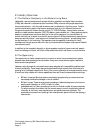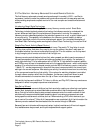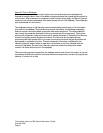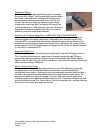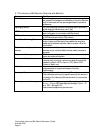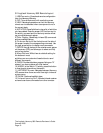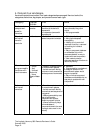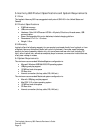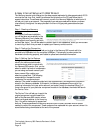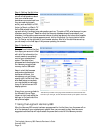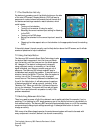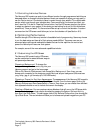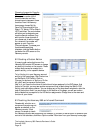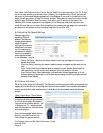
4. Competitive Landscape
As remote controls have evolved, four basic categories have emerged. Here is a look at the
categories, distinctions, key players, and pros and cons of each type:
Category Popular
Brands
Pros Cons
Dedicated
component-
specific
remotes
All electronic
remotes
• Buttons reflect the specific
functions of the device it
comes with
• Inexpensive (comes with
components)
• Many components equals
many remotes; living room
clutter
• Not programmable
Standard
universal
remote
controls
• Kameleon • Can fulfill most functions of
several component remotes
• Difficult to find the right codes
• Many lack widespread
compatibility
• Inability to truly control all
important functions – users end
up reaching for individual
remotes
• Rely on component database
on embedded chip, which
becomes obsolete; no way to
update with new components
• User needs to press an
elaborate sequence of buttons to
launch any Activity
Macro-based,
programmable
remotes with
touch screens
• Phillips
• Sony
• Universal
Electronics
• Home
Theater Master
MX
• Powerful, complete control
of entertainment systems
• Include one-touch Activity
buttons on touch screens that
send sequence of commands
• Expensive
• Programmed by a professional;
a change or addition in the
entertainment system would
require a house call
• Rely on limited component
database on embedded chip; no
easy way to update with new
components
Advanced
universal
remotes
• Harmony • Powerful, complete control
of entertainment systems
• Include one-touch Activity
buttons that send sequence of
commands
• USB programmable by user;
easy to add another
component and update;
simple to program buttons
• Internet community helps
online database of
components remain the most
thorough and current in the
industry
• Why didn’t I think of this?
The Logitech Harmony 880 Remote Reviewer’s Guide
Summer 2005
Page 12



